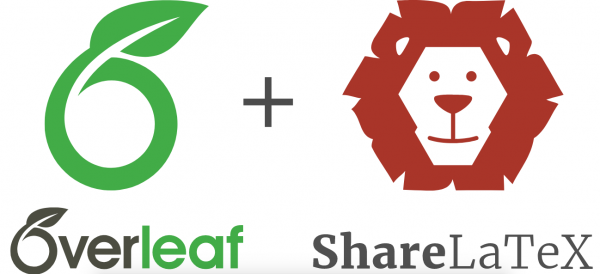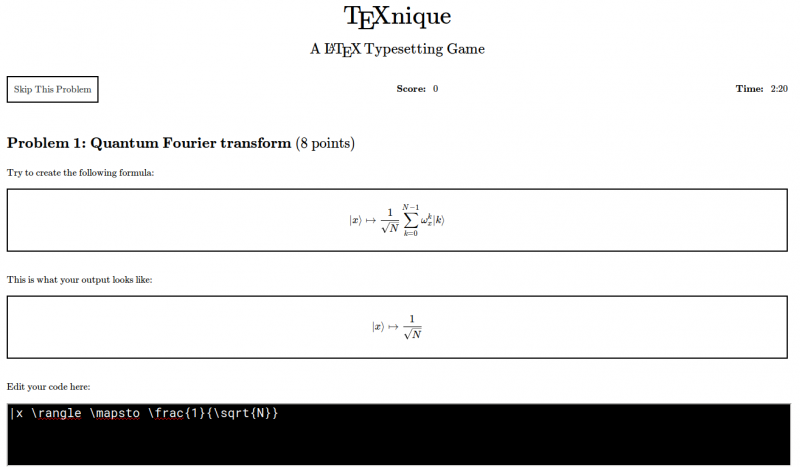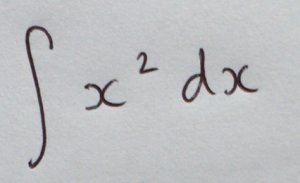
Once upon a time (2011), there launched an online LaTeX editor called ShareLaTeX. The very next year, there launched an online LaTeX editor called writeLaTeX. In 2015, writeLaTeX rebranded as Overleaf. Both Overleaf and ShareLaTeX offer browser-based LaTeX editing. Think of it like Google Docs for LaTeX. Both operate under a freemium model. If you use one of them, know that the other is fairly similar. If (like me) you were vaguely aware that there was an online LaTeX editor out there without using it, it was probably one of these or the other (or, I’m pretty sure, both at different times). Though note that these are not the only browser-based LaTeX editors – a native operating system ‘B’ means browser-based in this Wikipedia list of TeX editors and there are currently ten Bs in the list.
Recently, Overleaf fully acquired ShareLaTeX (Scribtex Limited) and plans to integrate the two products into one. The announcement says everyone from both teams will continue to be involved. The announcement contains more detail, a FAQ list and the following explanation.
What does this mean for you as an Overleaf or ShareLaTeX user? No worries! You won’t see any big change in the near future. Both services you know and love will continue to serve you as you have come to expect and be supported by the combined Overleaf and ShareLaTeX team. Over the coming months, we will be working on merging Overleaf and ShareLaTeX together into a single service. We aim to make the transition as smooth as possible. As we develop the combined service, we are actively seeking your feedback and input, starting with this survey. Ideally the only differences you will notice are the improvements to the editor you are currently using.
More information
Exciting News — ShareLaTeX is joining Overleaf on the Overleaf Blog.
Also: ShareLaTeX Joins Overleaf on the ShareLaTeX Blog, which appears to be the same text.
Via Emma Cliffe on Twitter.


